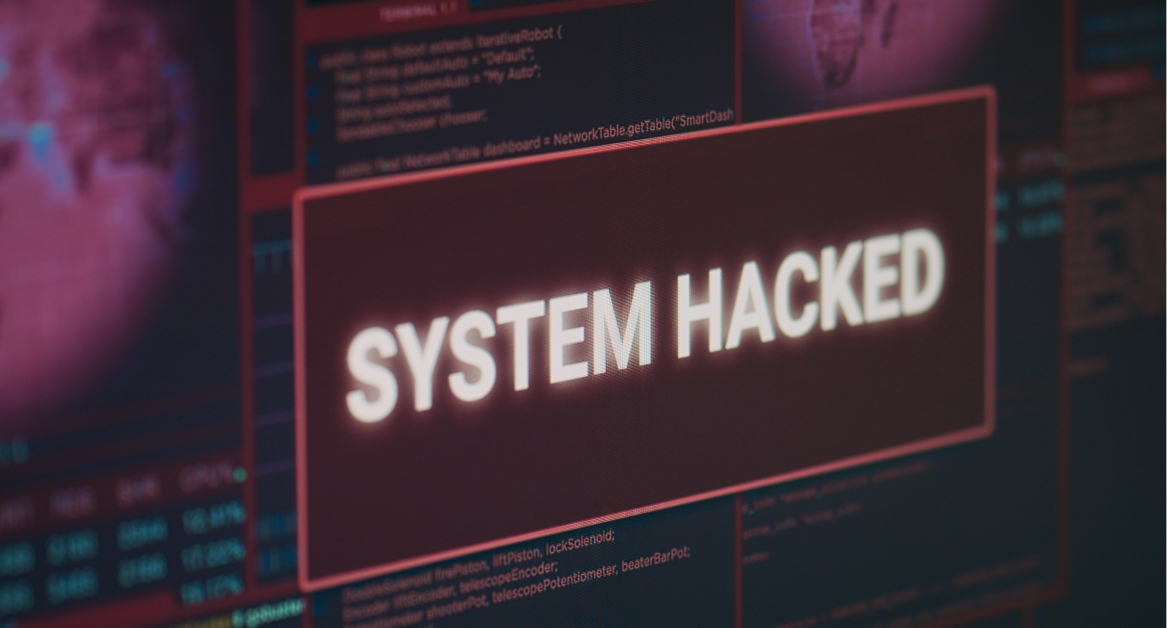The shift to remote work has transformed the way businesses operate, making compliance a critical challenge for organizations worldwide. Ensuring that both human resource and IT protocols align is crucial for maintaining legal, ethical, and operational integrity.
As remote teams expand across borders, compliance complexities multiply, requiring a seamless synergy between HR and IT software solutions. By integrating human resources software programs with IT management tools, businesses can streamline compliance processes, protect sensitive data, and enhance employee experience.
This article explores the importance of remote compliance, the challenges companies face, and how leveraging the synergy between HR and IT software programs can drive success.
Understanding remote compliance
Remote compliance encompasses adhering to labor laws, data security regulations, and company policies while managing a distributed workforce. Organizations must comply with:
- Employment Laws: Different countries and states have unique labor laws governing wages, working hours, and benefits.
- Data Privacy Regulations: Laws such as GDPR (Europe), CCPA (California), and PDPA (Singapore) require companies to secure employee data.
- Cybersecurity Standards: Compliance with frameworks like ISO 27001 and NIST ensures secure remote work environments.
- Company Policies: Maintaining consistency in employee conduct, performance evaluations, and IT usage policies.
Failure to comply can lead to legal consequences, data breaches, and reputational damage. Hence, organizations must integrate HR and IT services and solutions to mitigate risks and streamline compliance efforts.
Challenges in remote compliance
Despite technological advancements, businesses still face compliance challenges in remote settings. Some common issues include:
1. Data security risks
Remote work increases vulnerabilities such as data leaks, phishing attacks, and unauthorized access. Ensuring secure data transfer and storage is vital for compliance. Managing IT risks in a remote environment requires continuous monitoring, regular training for employees, and implementing robust cybersecurity measures. Companies must implement encryption, multi-factor authentication (MFA), and secure VPNs to safeguard sensitive information.
2. Diverse employment regulations
Managing a workforce spread across multiple jurisdictions requires an understanding of varied employment laws, tax policies, and worker classifications. Compliance teams need to stay updated on global employment changes, which can be complex due to frequent legislative updates and variations by country.
3. Employee monitoring & productivity
Balancing employee privacy with productivity tracking is a fine line. Organizations must ensure compliance with privacy laws while monitoring performance fairly. Implementing transparent policies and using ethical employee monitoring tools can help achieve this balance.
4. Onboarding & offboarding compliance
HR teams must ensure proper documentation, identity verification, and IT asset retrieval when hiring or terminating employees remotely. Automated workflows can streamline background checks, contract signings, and compliance training, ensuring legal and procedural consistency.
5. Software integration challenges
Disjointed HR and IT software solutions can cause inefficiencies and weak IT security, leading to compliance lapses and administrative bottlenecks. Organizations must ensure software compatibility to maintain a seamless compliance process.
The role of HR & IT Software synergy in compliance
Remote compliance depends on strong HR-IT collaboration to align policies, security, and workforce tools. Without it, companies risk inefficiencies, data silos, and costly compliance gaps.
To navigate these challenges, organizations must integrate human resources software programs with IT compliance solutions. These programs provide a centralized system to manage employee records, automate compliance tracking, and ensure that remote workers adhere to company policies and regulatory requirements.
By bridging HR operations with IT security measures, businesses can streamline audits, enhance workforce oversight, and maintain compliance with minimal manual intervention. This synergy offers several benefits:
1. Automated compliance tracking
HR software with built-in compliance tracking ensures adherence to labor laws, tax requirements, and employment classifications. IT management platforms complement this by enforcing cybersecurity policies and data protection measures. Automation reduces the burden of manual tracking and lowers the risk of non-compliance penalties.
2. Secure employee data management
Human resources software programs safeguard sensitive employee information by encrypting data, managing access controls, and ensuring secure digital record-keeping. IT security tools further enhance protection by preventing unauthorized data breaches. Secure cloud-based HR solutions with end-to-end encryption help ensure that employee records remain private and secure.
3. Seamless onboarding & offboarding
Automated onboarding workflows ensure that remote employees receive necessary contracts, tax documents, and IT credentials securely. Similarly, automated offboarding ensures timely revocation of access to company systems, mitigating insider threats. Compliance checklists can be integrated into HR software to ensure no legal requirements are overlooked.
4. Employee productivity & policy compliance
By integrating performance management tools with IT monitoring software, organizations can track employee productivity while adhering to privacy regulations. This fosters a transparent and compliant work culture. HR teams can also use analytics to assess employee engagement and address productivity gaps without violating compliance policies.
5. Remote IT asset management
IT software programs help manage company-issued devices, monitor software usage, and enforce compliance policies on remote systems. This prevents unauthorized installations and data security breaches. By using endpoint management tools, organizations can ensure remote devices meet security standards.
Best practices for implementing HR and IT software synergy

For organizations looking to enhance remote compliance through software integration, the following best practices can be implemented:
1. Choose scalable & compatible solutions
Invest in HR and IT software that integrates seamlessly, allowing for data sharing and automation. Scalable solutions ensure adaptability as remote teams grow. Selecting cloud-based platforms can enhance accessibility while maintaining security.
The HR payroll software market size has grown rapidly in recent years. It will grow from $35.27 billion in 2024 to $40.03 billion in 2025 at a compound annual growth rate (CAGR) of 13.5%.
2. Standardize compliance policies across platforms
Ensure that HR and IT policies align across all software platforms. This includes employee contracts, cybersecurity guidelines, and remote work policies. A centralized compliance management system can help maintain uniformity across global teams.
3. Regular compliance audits & reporting
Use automated audit tools to track compliance metrics, generate reports, and identify potential risks. Regular audits help in proactive compliance management. AI-powered analytics can flag potential compliance issues before they escalate.
4. Enhance employee training & awareness
Educate employees on compliance policies, data security best practices, and regulatory requirements. Interactive training modules integrated into HR software can improve compliance awareness. Gamified learning experiences can boost engagement and knowledge retention.
5. Leverage AI & automation for compliance
AI-driven analytics can detect compliance risks, flag anomalies, and suggest corrective actions. Automating compliance tasks reduces human errors and enhances efficiency. Machine learning algorithms can predict compliance risks based on historical data and regulatory changes.
Future trends in HR & IT compliance integration
As remote work continues to evolve, the future of compliance management will see advancements in:
- AI-powered compliance monitoring: Predictive analytics to identify compliance risks before they escalate.
- Blockchain for secure employee records: Immutable digital records for tamper-proof data security.
- Hybrid work compliance solutions: Adapting policies for flexible work models.
- Zero trust security frameworks: Enhanced security protocols to prevent cyber threats in remote environments.
- Advanced biometric authentication: Implementing fingerprint and facial recognition technologies to improve security and compliance verification.
Achieving effortless HR & IT Compliance
Navigating remote compliance requires a seamless synergy between HR and IT software programs. By integrating these solutions, businesses can streamline compliance processes, secure sensitive data, and maintain operational efficiency.Esevel empowers companies to manage remote compliance effortlessly by centralizing IT and HR operations on one platform. From automating onboarding and offboarding to enforcing cybersecurity policies, Esevel helps businesses stay compliant across multiple regions.






